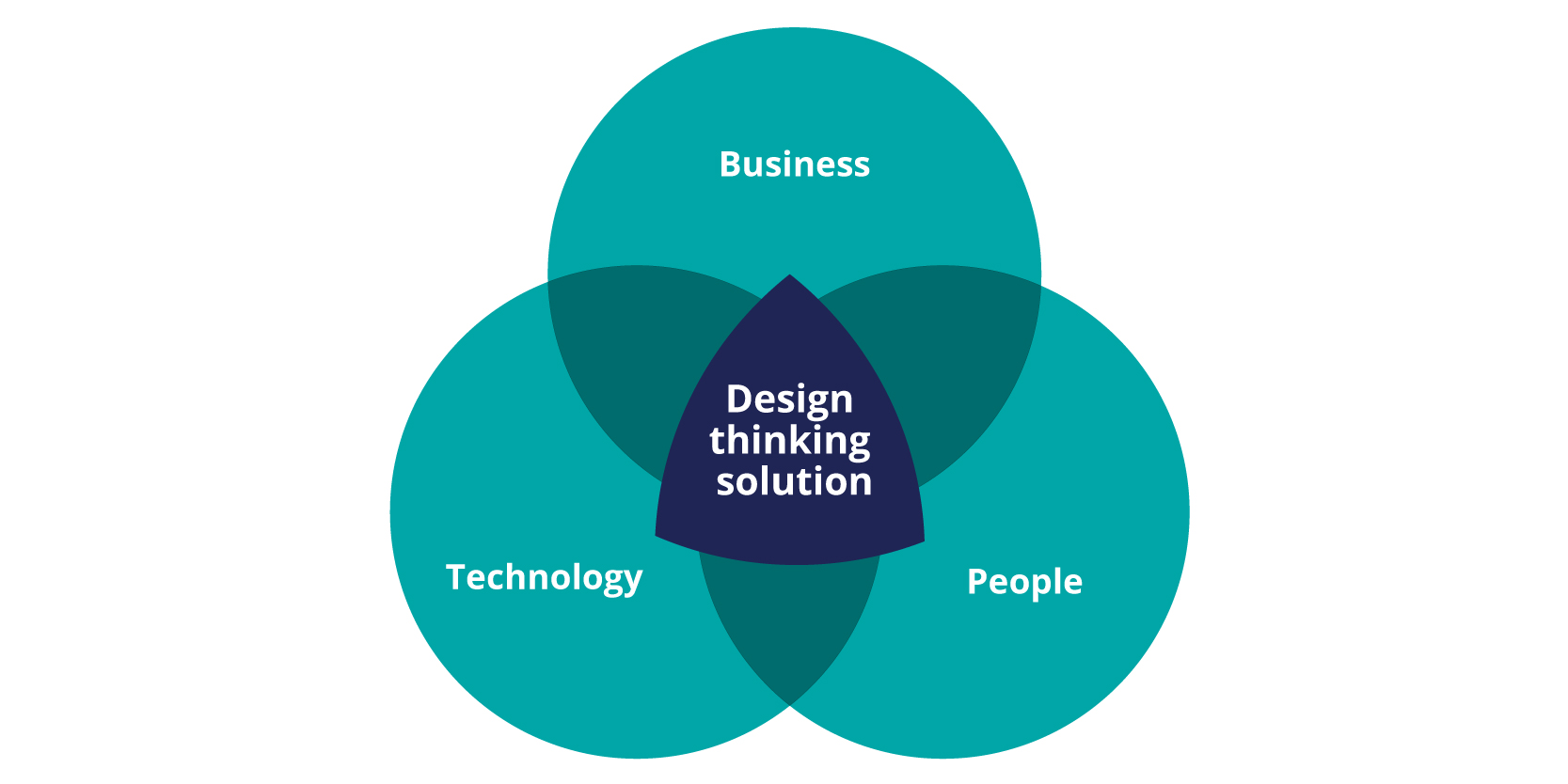Why failing matters
In Sweden, Dr. Samuel West, a licensed psychologist and innovation researcher, curates a museum of failed products aptly named The Museum of Failure. The products exhibited come from the largest and most innovative companies in the world: Apple's Newton PDA, Ford's futuristic Edsel model that failed to live up to the hype the company created around it, the satellite phone, or disposable DVDs (a flopped product that allowed viewers 48 hours to watch the movie they bought before it stopped functioning). For every triumphant product, there are dozens of failed ones.
Dr. West believes we are trained to ignore failure and avoid the pain that comes with it. When a product flops, instead of understanding the reasons and exploring alternate paths, companies move on to the next big thing, hoping this time it will work better. By sharing failures the museum can teach us valuable lessons in how to avoid repeating the same mistake.
In what ways can our products flop? Obvious technical failure, while spectacular, is very rare. Phones seldom catch fire on their own, handheld devices deliver better and better user experience (UX) every day, and self-driving cars are becoming more viable, despite technical challenges. It is far more likely for an idea to fail because of the manufacturer’s unwillingness to invest their time and money in it rather than the product not working.
This is especially true in the software industry, where according to a variety of studies, anywhere from 30% to 75% of IT projects are at risk of failing. Though the statistics from these studies differ, the reasons are similar and include fuzzy business objectives and requirements not reflecting real business needs. The result is a rework or an improperly scoped project that fails to achieve the client's vision and induces frustration amongst its users.
How to make sure your project will succeed
In design thinking, we use the saying “fail early, fail often” to illustrate the process of validating and refining untested ideas and concepts before investing significant effort into developing them. The reasoning behind encouraging failure – a concept normally no one cherishes – is that failing isn't damaging, as long as it costs little and enables the team to course-correct and improve upon the original concept. It is far more cost-effective to recognize a critical design flaw while still in the laboratory than once the product is in the hands of users.
Why design thinking is so successful in identifying factors that may contribute to project failure
Design thinking looks at product ideas through a series of lenses: business objectives, technology targets, and user needs.

Business objectives may range from reducing the time it takes for a loan to be approved, to streamlining an entire manufacturing and packaging process to reduce waste. This is the lens we use to determine whether a business model is viable for the long-term and determine the return on investment for the project. It also helps the team determine the scope of the sprint by identifying the highest value targets and prioritizing them. Business objectives are determined at the very start of the project and refined through user feedback.
Any ideas generated through design thinking must take the ecosystem in which the solution will be built into account. Technology targets determine whether the product will fit into the technology stack, reuse existing data and components, and is generally feasible to build and maintain. In the long run, a tool that adds minimum value with little to no maintenance may be more valuable than a high-value high-maintenance application.
Finally, an often overlooked aspect of success is user experience. A 2018 McKinsey & Company study linked revenue and shareholder returns and good user experience design, showing how organizations that include consideration for the end user in the design and development of their products or services realized increased revenues by 32% and returns to shareholders by 56% over a 5-year period – much faster than their industry counterparts. But McKinsey also pointed out that more than 40% of surveyed companies aren’t talking to their end users during development.
User experience is far more than just visual appeal. It is about achieving business goals in an efficient and frictionless manner. Good UX must be part of any successful IT project.
How do we reconcile three distinct aspects of software design and achieve homeostasis? Design thinking operates based on the principle of group-thinking. By combining diverse viewpoints of business leads, IT stakeholders, and by leveraging user feedback, we aim to find the best cross-section of all three perspectives. Cross-functional and interdisciplinary teams tend to achieve the best results, due to each participant contributing their unique viewpoint to the desired outcome.
Once the team establishes the right problem to solve (the problem with the highest impact), we generate ideas that contribute to the solution. These ideas form the basis of a prototype that will be tested with users.
The importance of a prototype
During a group brainstorming session, it is easy to fall in love with an idea and get attached to it. Let's say the team finds a new way to send automated messages to the customer whenever the status of their loan request changes. The appeal of the idea is so great, the team is convinced we found the best solution. We can start building, right? Well not so fast…
Most product ideas seem plausible until we see them perform in the environment they were meant to operate. The purpose of prototyping is to create a cheap, throwaway solution that we can put in the users' hands and see if it truly meets the success criteria. If the feedback is positive, we have a validated idea and move forward to developing it. If it is negative, we assess the lessons learned and try another way. Most of the time even the best ideas require some refinement. In that case, we adjust the prototype and retest it with different users.
For this process to work well, the prototype must be cheap and easy to test. Complicated software solutions requiring weeks of development time invested scarcely yield more information during a user test than a well-executed pen and paper sketch. There is a fine balance in making a concept seem realistic without actually having to build it.
The real benefits of failing
What we gain by this process is a formula to mitigate risks when building new products by:
- Leveraging three distinct lenses of success criteria substantiated by user inquiry and knowledge of a cross-functional team.
- Empirical research conducted via a prototype and potential users of the end solution.
To paraphrase Thomas Edison, there is no such thing as failure as long as we can learn from it and do better next time. Design thinking, in my opinion, lowers the cost of learning so we can embrace failure as a mentor.
Learn more:
- Read more about Pega’s design thinking approach.
- Discover how Pega Catalyst™ uses design thinking to speed digital transformation.
- See how Pega Consulting partners with you to get real results.

